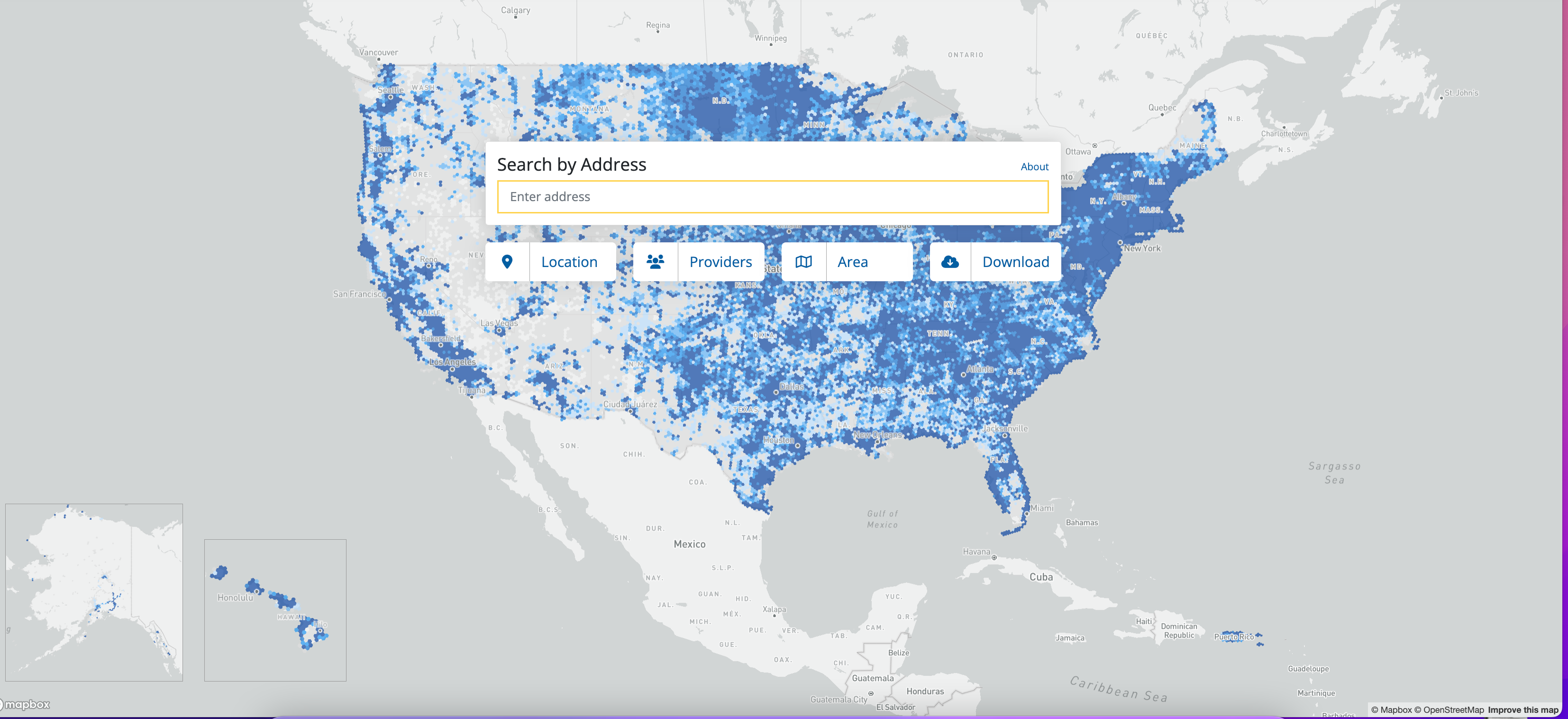The newest version of the National Broadband Map shows the number of homes and businesses without internet access is going down, reporting 7.2 million locations lack high-speed internet access versus the 8.3 million shown on the May 2023 map.
The broadband map was created by the Federal Communications Commission (FCC), and its first iteration went live in November.
The accuracy and reporting are getting better because “robust participation in the challenge processes continues to play a valuable role in correcting data shown on the Map,” said FCC Chairwoman Jessica Rosenworcel. “The results of 4.8 million challenges to provider reported availability information and over 1.5 million accepted location challenges. Since our last release, we’ve initiated mobile coverage audits in a number of states. We’ve also seen hundreds of corrections to provider-reported data based on FCC-initiated verification efforts.”
The idea of an accurate internet service map is to provide one source of critical data that can help policymakers and providers decide where to direct broadband funds for expansion and upgrade.
See Allconnect’s News and Research hubs for more broadband guides and information.
Written by:
Robin LaytonEditor, Broadband Content
Robin Layton is an editor for the broadband marketplace Allconnect. She built her internet industry expertise writing and editing for four years on the site, as well as on Allconnect’s sister site MYMOVE.com. …
Read more

Edited by:
Camryn Smith-
Featured
![Broadband map shows over 8M in US lack access to high-speed internet]() Broadband map shows over 8M in US lack access to high-speed internet Robin Layton — 2 min read
Broadband map shows over 8M in US lack access to high-speed internet Robin Layton — 2 min read -
Featured
![Emergency Broadband Benefit participants are upgrading speeds, activating new service]() Emergency Broadband Benefit participants are upgrading speeds, activating new service Joe Supan — 3 min read
Emergency Broadband Benefit participants are upgrading speeds, activating new service Joe Supan — 3 min read -
Featured
![100 most connected places to live in America]() 100 most connected places to live in America Taylor Gadsden — 2 min read
100 most connected places to live in America Taylor Gadsden — 2 min read
Latest
-
Thursday, July 25, 2024
Worried about losing your signal? This is how to keep your satellite dish cleanDavid Anders — 6 min read
-
Tuesday, July 23, 2024
The best free TV and movie streaming services 2024Camryn Smith — 5 min read
-
Tuesday, July 23, 2024
Everything you need to know about internet speedsRobin Layton — 8 min read






